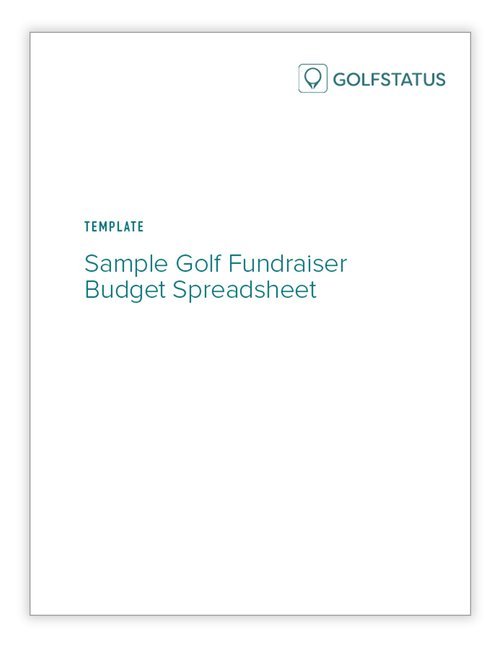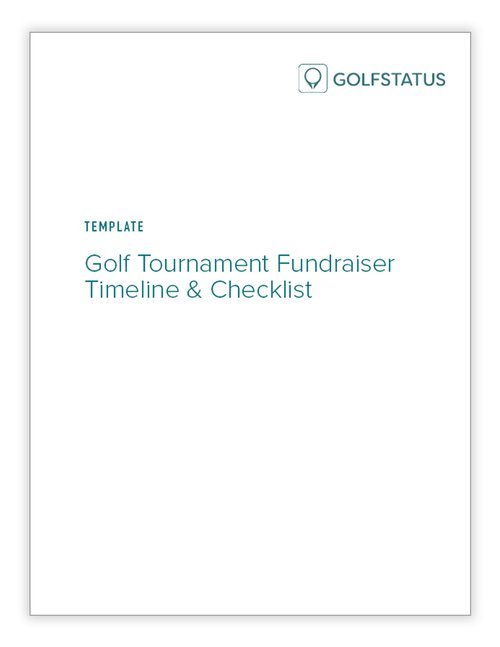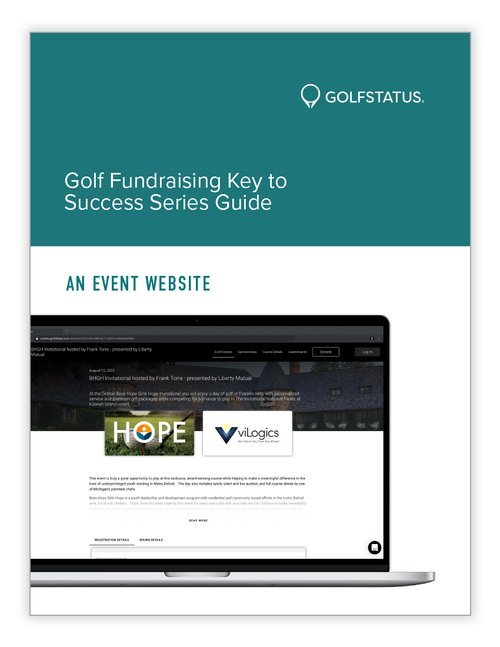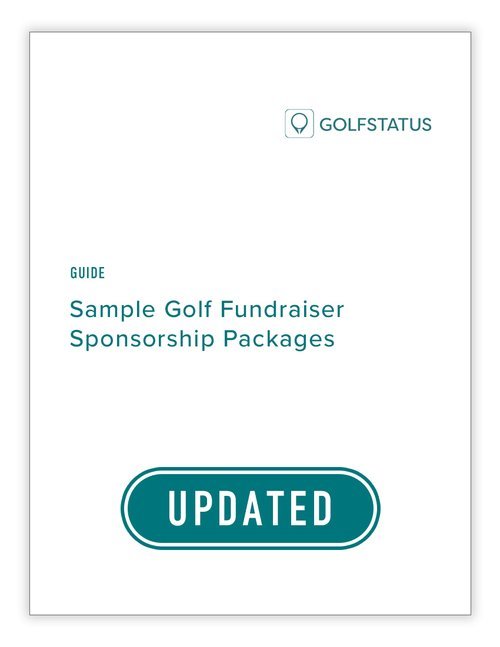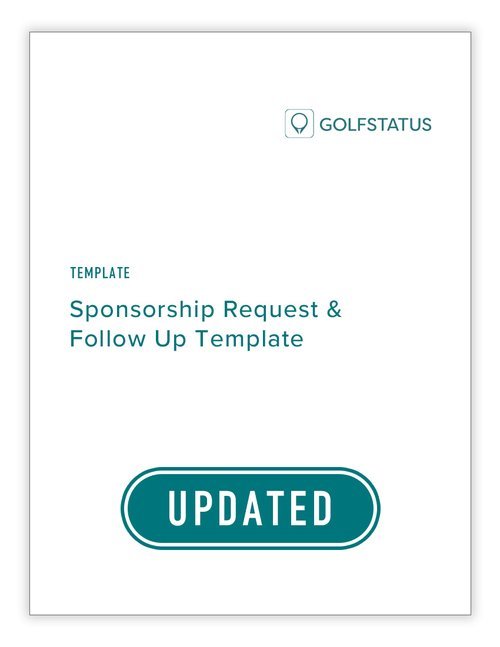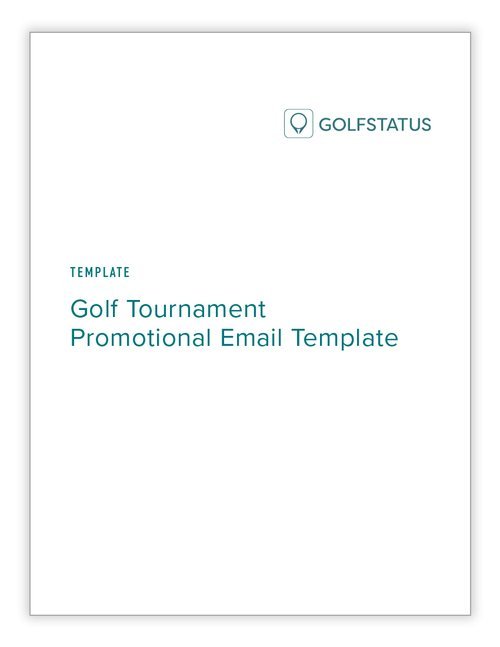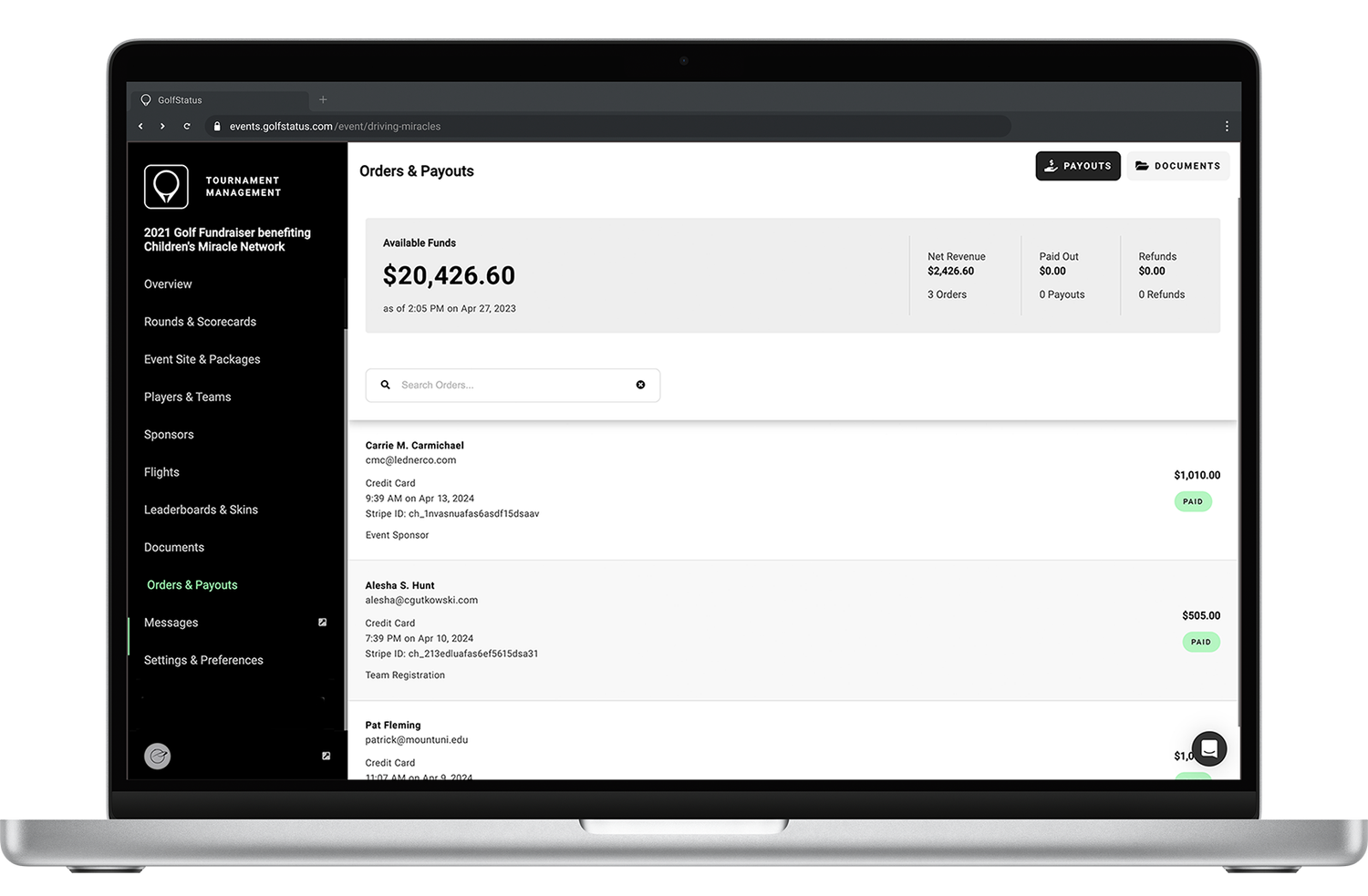Fundraising for nonprofits boils down to two simple things: finding new donors and keeping existing ones. Both are critical to a nonprofit’s fundraising success—and to the overall success of the organization.
Charity golf tournaments are avenues to successfully do both. Here’s what you need to know about using your golf fundraiser to attract new donors and make sure they keep coming back to support your mission.
Why are new donors important for nonprofits?
New donors are crucial to moving your nonprofit’s cause forward. Just as a for-profit business must attract new customers or clients to grow market share, a nonprofit must raise awareness about the organization, the cause, and its work to effectively grow its donor base.
While some level of donor attrition is natural, without onboarding new donors to replace those that have lapsed, your network begins to stagnate and your organization ends up with an increasingly narrow donor pool. Indeed, golf tournaments present an opportunity to raise awareness and dollars, while simultaneously attracting new donors.
Why is it important to retain donors?
While new donors are certainly important and must be pursued, retaining donors is equally, if not more, important. Returning donors already care about your cause and believe in how your organization is addressing the issue. They’re more likely to make larger gifts, and are already on the road to being long term donors.
What’s more, the costs associated with onboarding new donors—both in terms of dollars and staff time—are significantly higher than with simply retaining existing supporters. You’ve likely invested time and effort in stewarding donors, which means high donor attrition essentially undoes all the good that new donors bring to your organization.
How do golf tournaments both attract & retain donors?
Golf tournaments meet your donors where they’re likely already spending time—on the golf course. Unlike any other type of fundraising event, a golf tournament lets you connect with past and prospective donors through an activity they genuinely enjoy, forging new connections and relationships over the focused hours on the golf course. Here’s how and why golf tournaments help your nonprofit to onboard and retain donors of all levels:
1. People want to play golf
The golf industry saw unprecedented growth during the COVID-19 pandemic, as golf gave people the chance to safely get outside, stay active, and gather with others in a socially distanced way. While the numbers have dipped slightly, golf is still more popular than it was before 2020—which means a healthy pool of potential new donors.
Many golfers actively look for golf tournaments to play in simply because they love the game. And it’s not just the die-hard golfers—more casual players are getting involved in the game and are eager to play in tournaments, which opens the door for even more donors to steward. The best part about a golf fundraiser is that when your event is focused on something people really want to do and enjoy—like golf—they’re bound to come back year after year.
2. Players tap their network to field a team
Golf may be an individual sport, but charity golf tournaments tend to be scrambles, which means that folks must field a team to participate and tap into their personal and professional networks to do so. One of your supporters registers for the fundraiser, then brings three others who aren’t necessarily familiar with your cause, but will be once they play in the tournament. This instantly multiplies your donor outreach, and when you retain these new donors, your donor network snowballs. What’s more, these new donors are more likely to return in future years and bring others.
Golfers have a net worth of nearly $770,000 and an average household income twice the national average, making them prime candidates for donors.
3. golf attracts a particular demographic
Golfers typically represent a demographic with a higher-than-average net worth and average household income. What’s more, over half of golfers are between the ages of 25 and 55 (the age group with the most spending power), and one in three are top-level managers. In short, these are folks you definitely want in your organization's donor database (and one sponsors want to get in front of).
4. It’s an important networking opportunity
Many golfers use charity golf tournaments—especially higher-grossing events held at prestigious golf courses—as an opportunity to network and do business. With four to five focused hours on the golf course, they can entertain clients, connect with prospects, build professional relationships, and network. This makes golf tournaments uniquely positioned to attract new high-capacity and connected donors that are often invited to fill a team.
Golf tournaments give you four or more hours on the golf course to connect with current and potential donors.
5. You can reconnect with lapsed donors
Golf events are a fantastic chance to reconnect with supporters who have contributed in the past but may have missed a year or more. Perhaps they played in a golf tournament years ago but haven’t returned, joined as a member but didn’t renew, made a year-end gift but didn’t respond to additional asks, or participated in a program and subsequently fell dormant. No matter what the cause, an invitation to a golf tournament is a low-pressure opportunity for lapsed donors to reconnect with your organization through an activity they enjoy—and for you to take another opportunity to steward these relationships.
Capture Donor Data & Take the Next Step
In order to truly use your golf fundraiser as an effective vehicle for donor outreach and stewardship, you need to know who is playing in the tournament each year. It’s essentially an exercise in capturing donor data, getting it into your donor database, and leveraging it to attract folks to future events, like your golf tournament, and get them engaged in your mission.
Technology is key. Upgrading to online registration as part of a golf-specific event management platform has a number of time-saving advantages and also allows for thorough, real-time collection of donor data. A professional event website with an intuitive online registration process allows you to easily capture the information for each player and sponsor. You’ll want to couple online registration with a platform that makes it easy for one player or sponsor to register a team without necessarily knowing who they’ll tap to play with them, and the ability to add that information later.
Qualify for a Free Golf Tournament Website
If you’re a nonprofit or planning an event that benefits one, you likely qualify for a free event website and no-cost access to GolfStatus—a golf event management platform that allows event organizers to effortlessly collect valuable donor data while streamlining planning, management, and execution. The result is an easier way to plan a golf outing that attracts new donors and stewards existing donors through an all-around great experience.
Ready to hit the easy button on a first-year golf event or streamline an existing tournament? Click the button below to get qualified!













